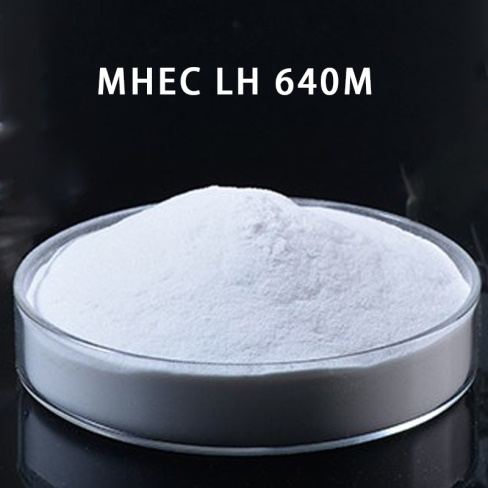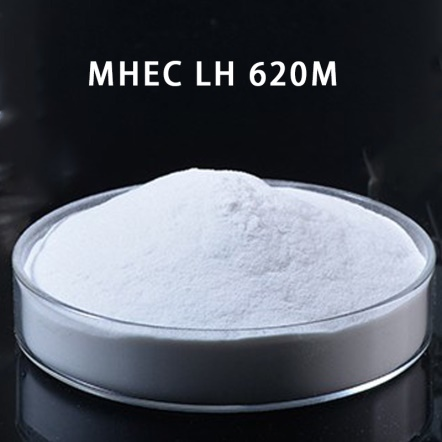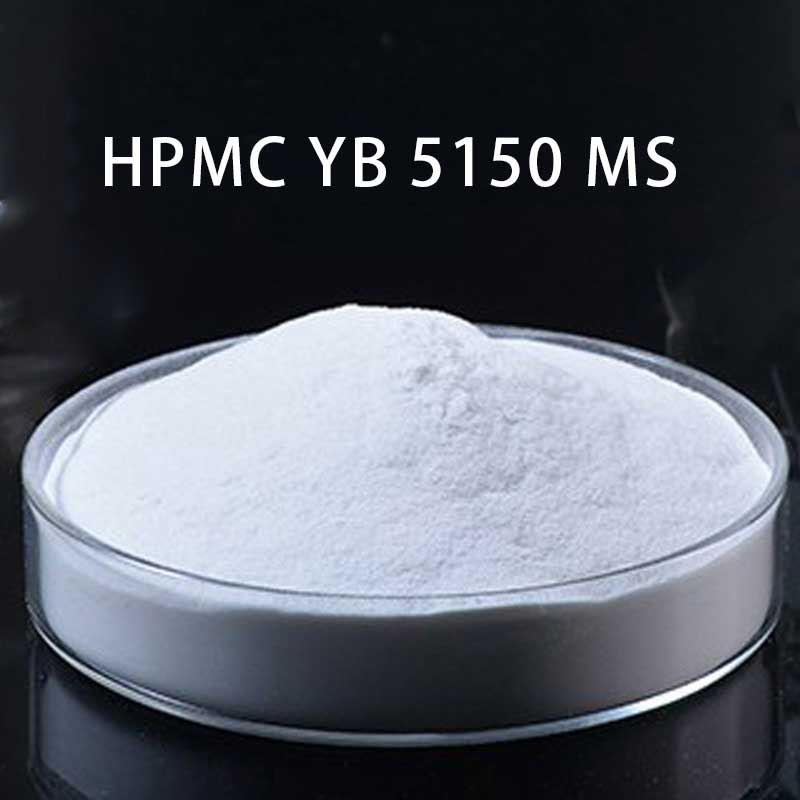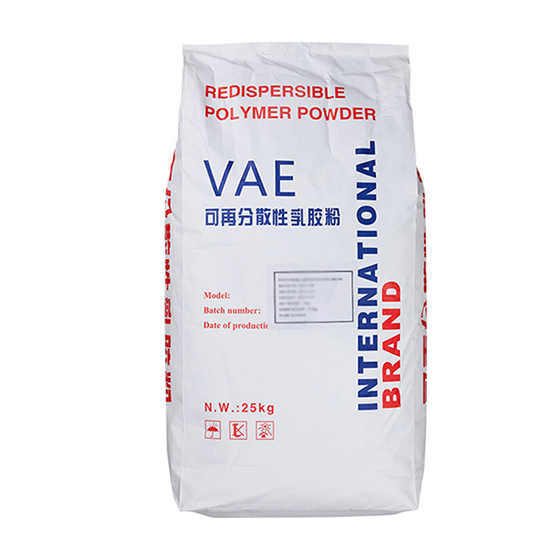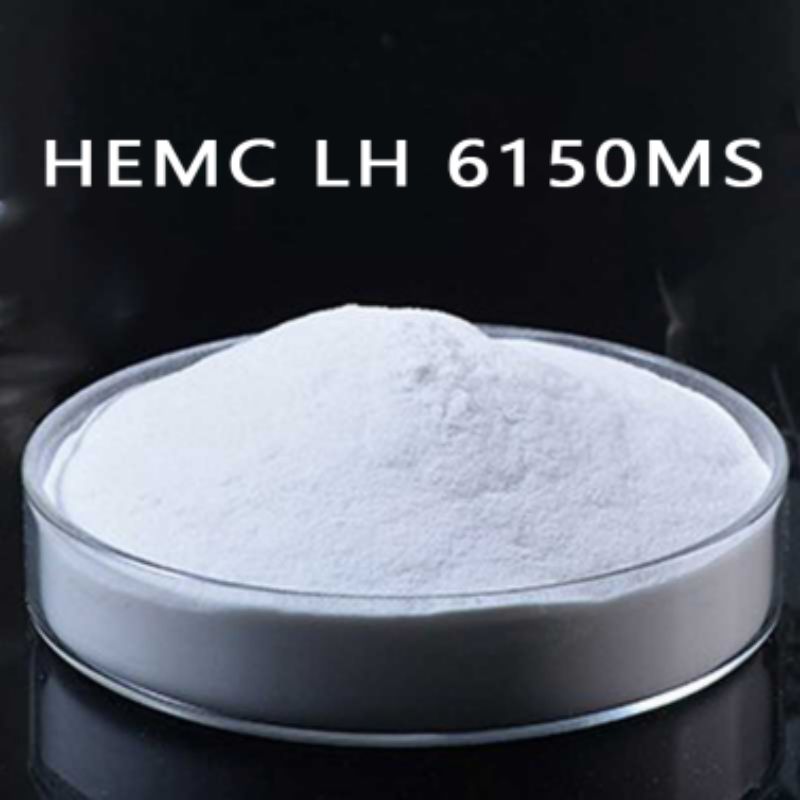
Products
MHEC LH 640M
Specification of MHEC LH 640M
| Chemical name | Methyl Hydroxyethyl Cellulose |
| Synonym | Cellulose ether, 2-hydroxyethyl methyl cellulose, Cellulose, 2-hydroxyethyl methyl ether, hydroxyethyl Methyl cellulose, MHEC, HEMC |
| CAS number | 9032-42-2 |
| Brand | EipponCell |
| Product Grade | MHEC LH 640M |
| Solubility | Water Soluble Cellulose ether |
| Physical form | White to off-white cellulose powder |
| Moisture | Max.6% |
| PH | 4.0-8.0 |
| Viscosity Brookfield 2% solution | 16000-24000mPa.s |
| Viscosity NDJ 2% solution | 32000-48000mPa.S |
| Ash content | Max5.0% |
| Mesh size | 99% pass 100mesh |
| HS code | 39123900 |
Application of MHEC LH 640M
EipponCell MHEC LH 640M, which is methyl hydroxyethyl cellulose, is commonly used in dry-mixed mortar. Here is a description of the key points mentioned in the passage:
Good water retention: MHEC ensures that the mortar retains sufficient water, preventing issues like sanding, powdering, and strength reduction caused by water deficiency and incomplete cement hydration. It improves the uniformity, workability, and hardening of the product. As the amount of MHEC added increases, the yield stress and frown viscosity of the mortar also increase.
Air-entraining agent: MHEC can function as an air-entraining agent. The highest air content in the mortar is achieved when the MHEC amount is 0.5%. However, when the amount exceeds 0.5%, the air content gradually decreases, leading to reduced flexural strength and compressive strength.
Improved workability: The addition of MHEC facilitates the smooth application of thin-layer mortar and plastering mortar. MHEC delays the hydration of mortar particles, and the degree of substitution (DS) plays a significant role in this delayed hydration process. The impact of methoxyl content on delaying hydration is more significant than that of hydroxyethyl content.
It is important to note that cellulose ether has a dual effect on mortar performance. Its effectiveness depends on appropriate usage; improper usage can have negative effects. The performance of dry-mixed mortar is influenced by factors such as the compatibility of cellulose ether and the amount and sequence of addition. In practical applications, a single type of cellulose ether can be chosen, or different types can be used in combination.
Documents of MHEC LH 640M
Recommended HEMC for Building & Construction
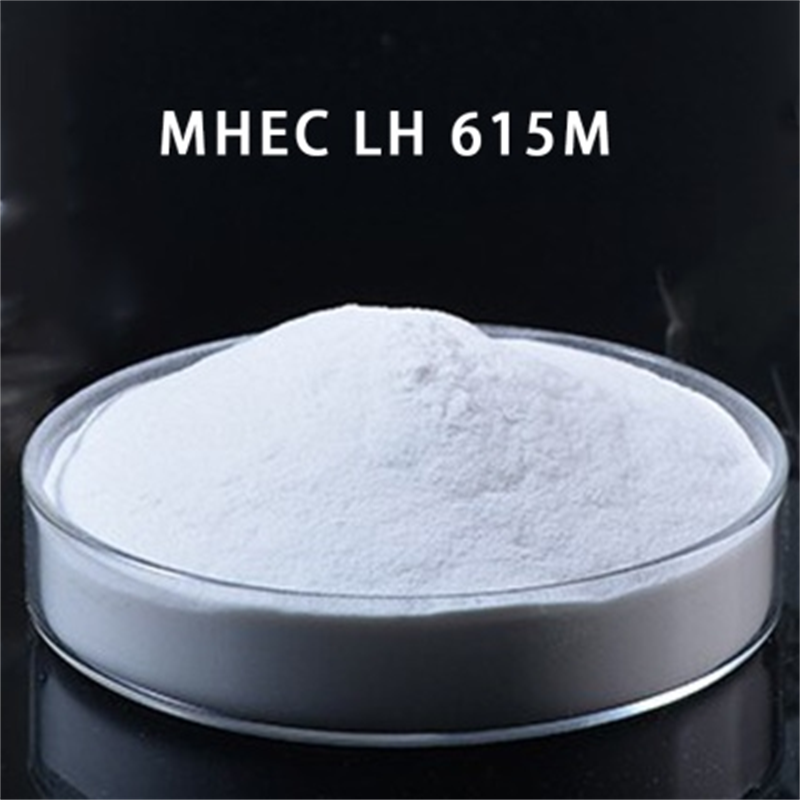
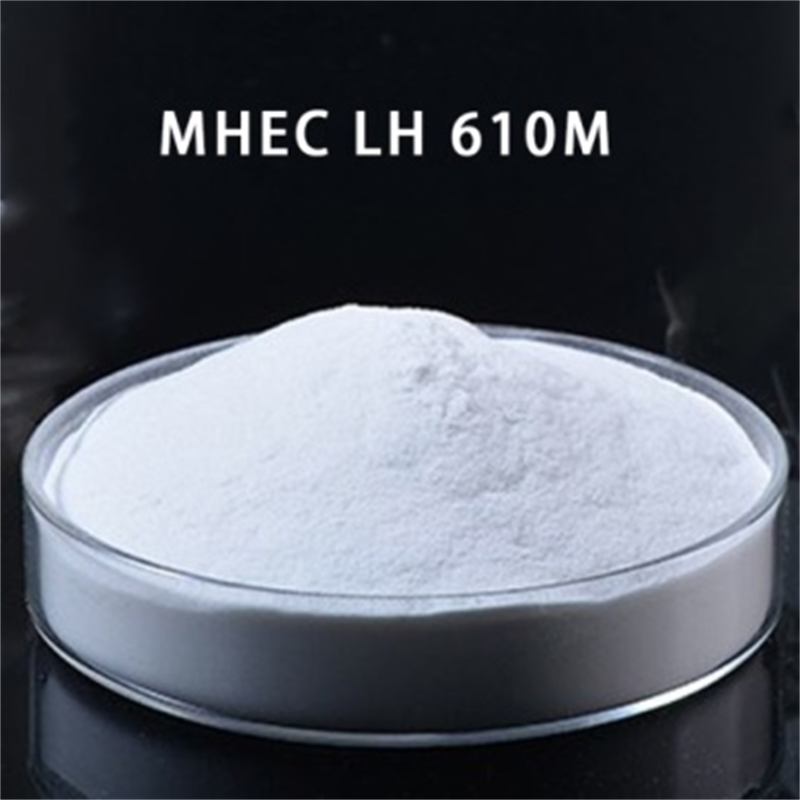
Address
Mayu Chemical Industry Park, Jinzhou City, Hebei, China
Tel/Whatsapp
+86-311-8444 2166
+86 13785166166 (Whatsapp/Wechat)
+86 18631151166 (Whatsapp/Wechat)
Latest information
news


